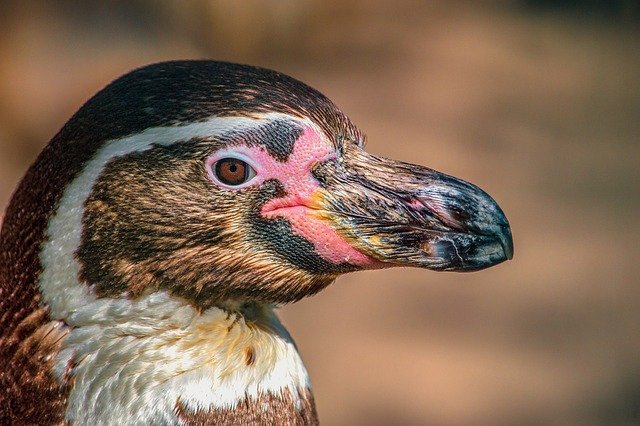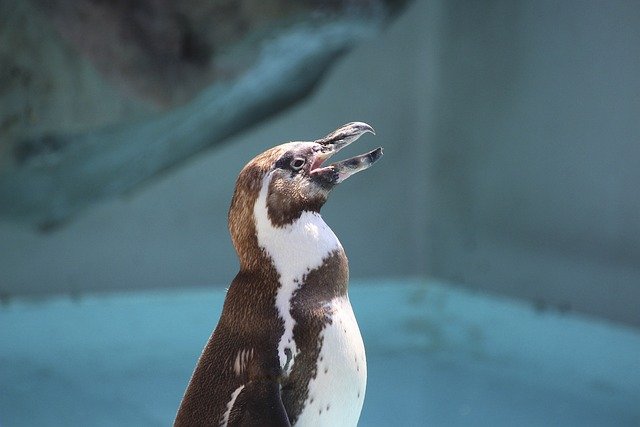**Topic: "The Fascinating Social Structures of Penguin Colonies: Cooperation, Communication, and Parenting

The Fascinating Social Structures of Penguin Colonies: Cooperation, Communication, and Parenting
Penguins are not just adorable, waddling birds; they are also remarkable social creatures with intricate social structures. Living in colonies that can number in the thousands, these flightless birds exhibit fascinating behaviors of cooperation, communication, and parenting. In this post, we will explore the social dynamics of penguin colonies and what makes them so unique.
Cooperation in Penguin Colonies
Group Dynamics
Penguins thrive in colonies, where they work together to ensure the survival of the group. These colonies provide several advantages, including:
Protection from Predators: By living in large groups, penguins can better defend against predators such as seals and birds of prey. The sheer number of individuals makes it difficult for predators to single out one penguin.
Thermal Regulation: In harsh, cold environments, penguins huddle together to conserve heat. This cooperative behavior helps them survive extreme weather conditions, especially during breeding seasons.
Foraging Together
Penguins often forage in groups, which increases their chances of finding food. Species like the Emperor Penguin and the Adélie Penguin have been observed diving and hunting in coordinated efforts, allowing them to share information about food sources and maximize their foraging efficiency.
Communication Among Penguins
Vocalizations
Communication is key to maintaining social structures within penguin colonies. Penguins use a variety of vocalizations to convey messages:
Distinct Calls: Each penguin has a unique call that helps them identify their mate and chicks among the cacophony of sounds in a crowded colony. This is especially important during the breeding season when parents need to locate their young.
Body Language: Penguins also rely on visual signals, such as body posture and movements, to communicate with one another. This non-verbal communication can be crucial during aggressive encounters or courtship displays.
Social Interactions
The social interactions among penguins are complex. They engage in various behaviors, such as preening each other and engaging in playful activities. These interactions help strengthen social bonds and establish hierarchies within the colony.
Parenting in Penguin Colonies
Shared Responsibilities
Penguin parenting is a remarkable example of cooperation. In many species, both parents share the responsibilities of incubating eggs and feeding chicks. For instance:
Emperor Penguins: After the female lays a single egg, the male takes on the responsibility of incubating it while the female goes off to feed. Once the chick hatches, both parents take turns caring for and feeding their young.
Adélie Penguins: Both parents participate in feeding and protecting their chicks, often taking turns to go foraging for food.
Teaching the Young
Parenting doesn’t stop at feeding. Adult penguins teach their chicks essential survival skills, including how to swim and hunt. This learning process is critical, as it prepares the young penguins for life in the wild.
Conclusion
The social structures of penguin colonies are a testament to the power of cooperation, communication, and parenting in the animal kingdom. Through their intricate behaviors and relationships, penguins demonstrate the importance of social bonds in ensuring the survival of their species. As we continue to study these fascinating birds, we gain a deeper understanding of their complex lives and the ecosystems they inhabit.
Whether you're an avid birdwatcher or simply someone who appreciates the wonders of nature, penguins serve as a wonderful reminder of the beauty and intricacy of social structures in the animal world.

Upvoted! Thank you for supporting witness @jswit.